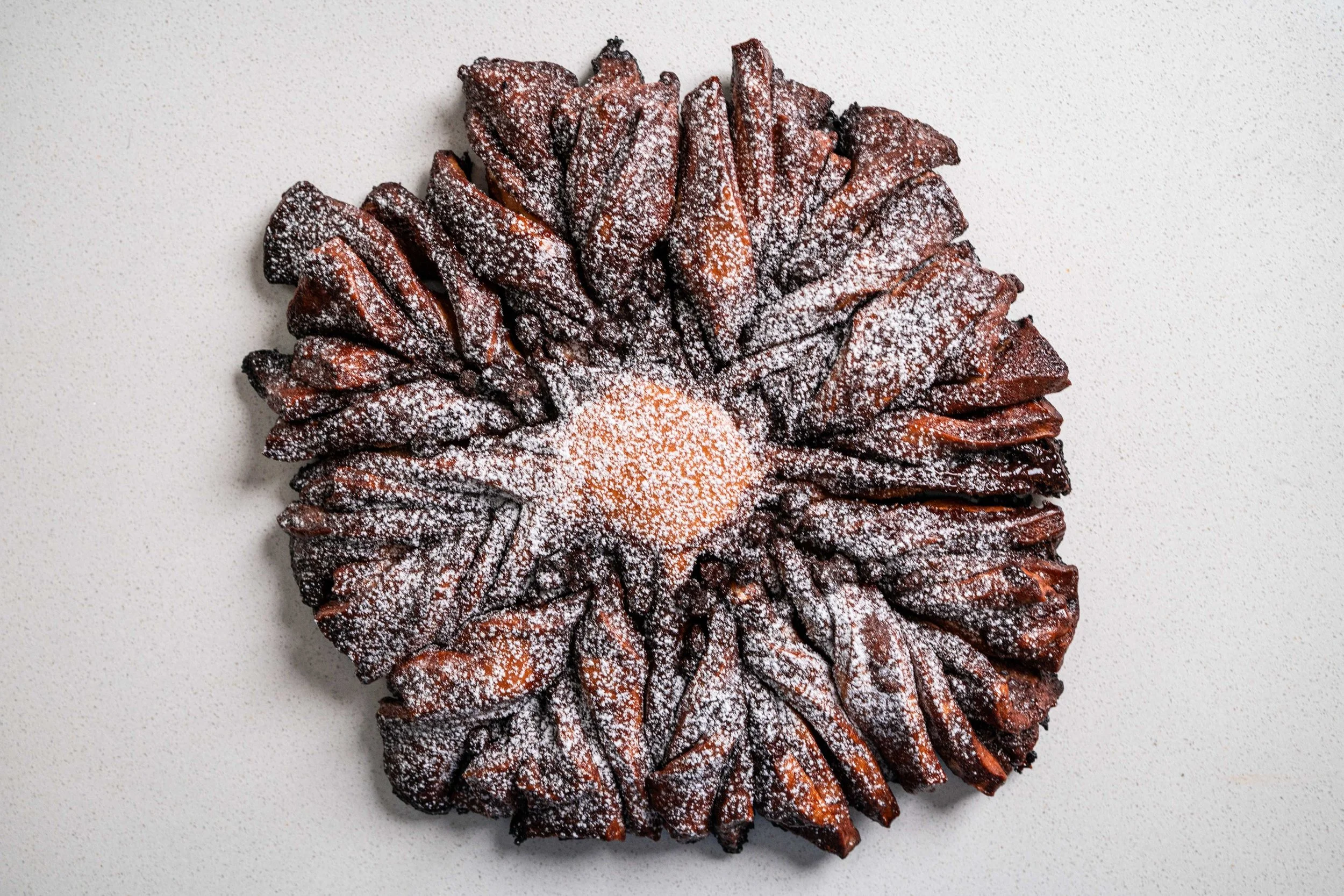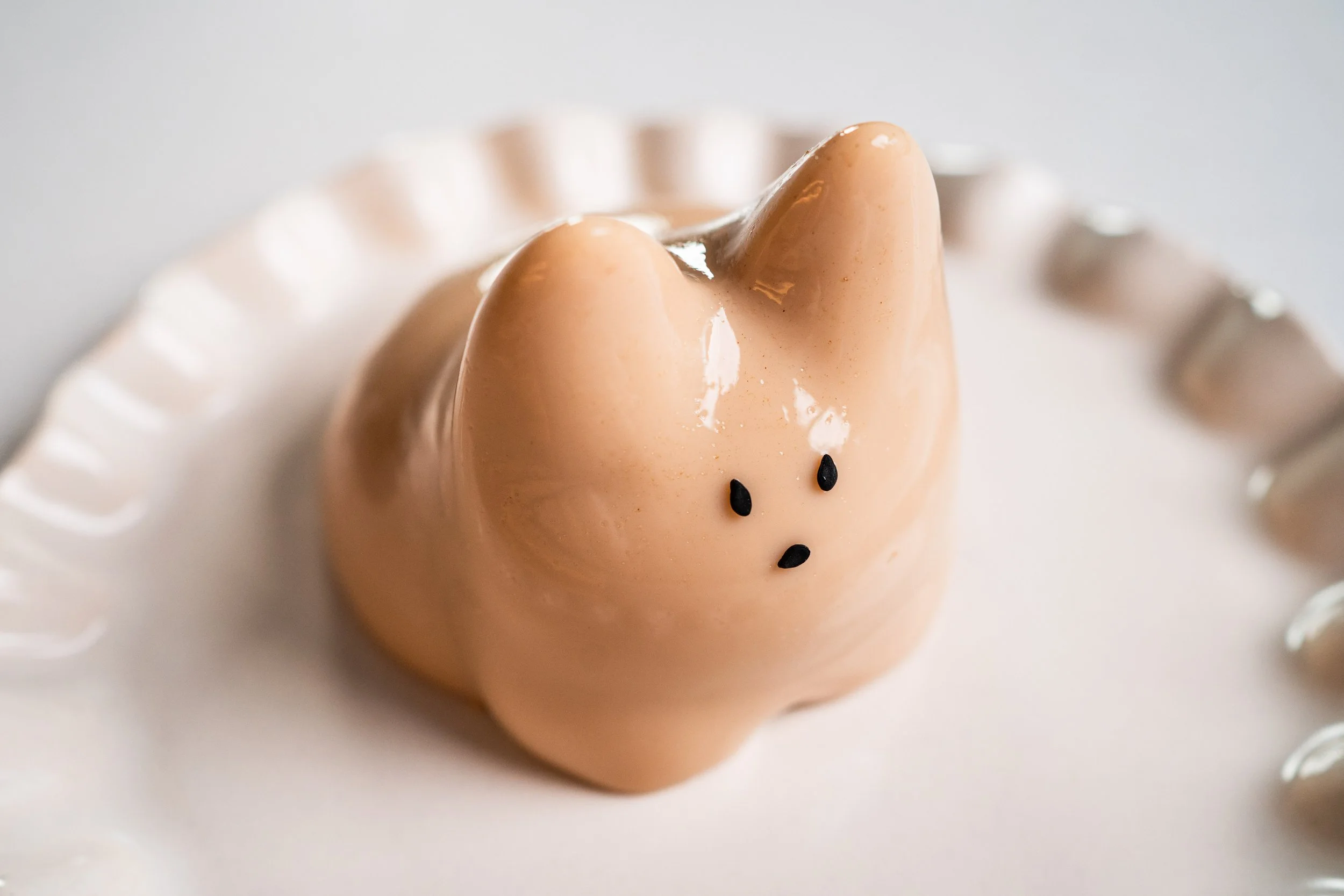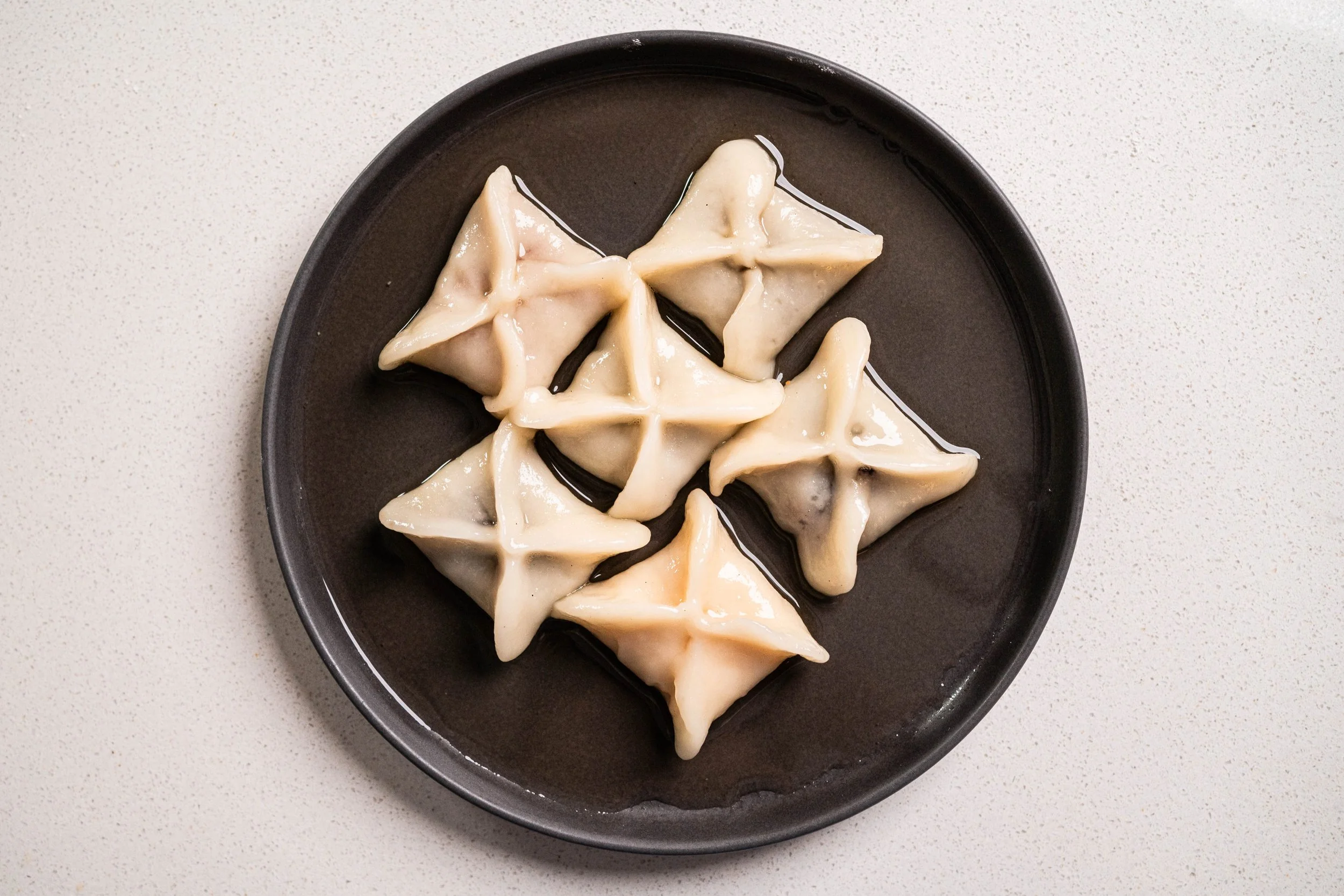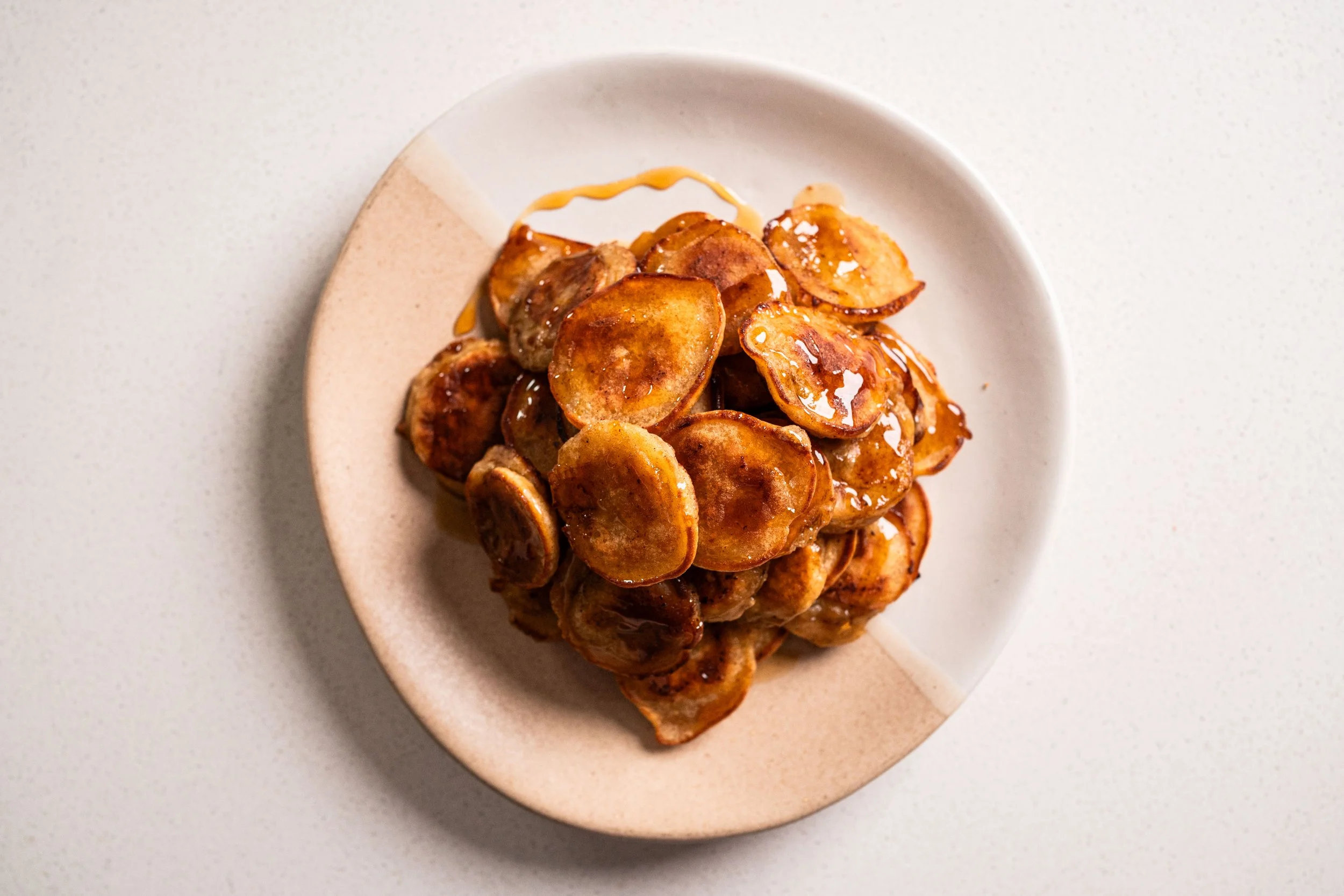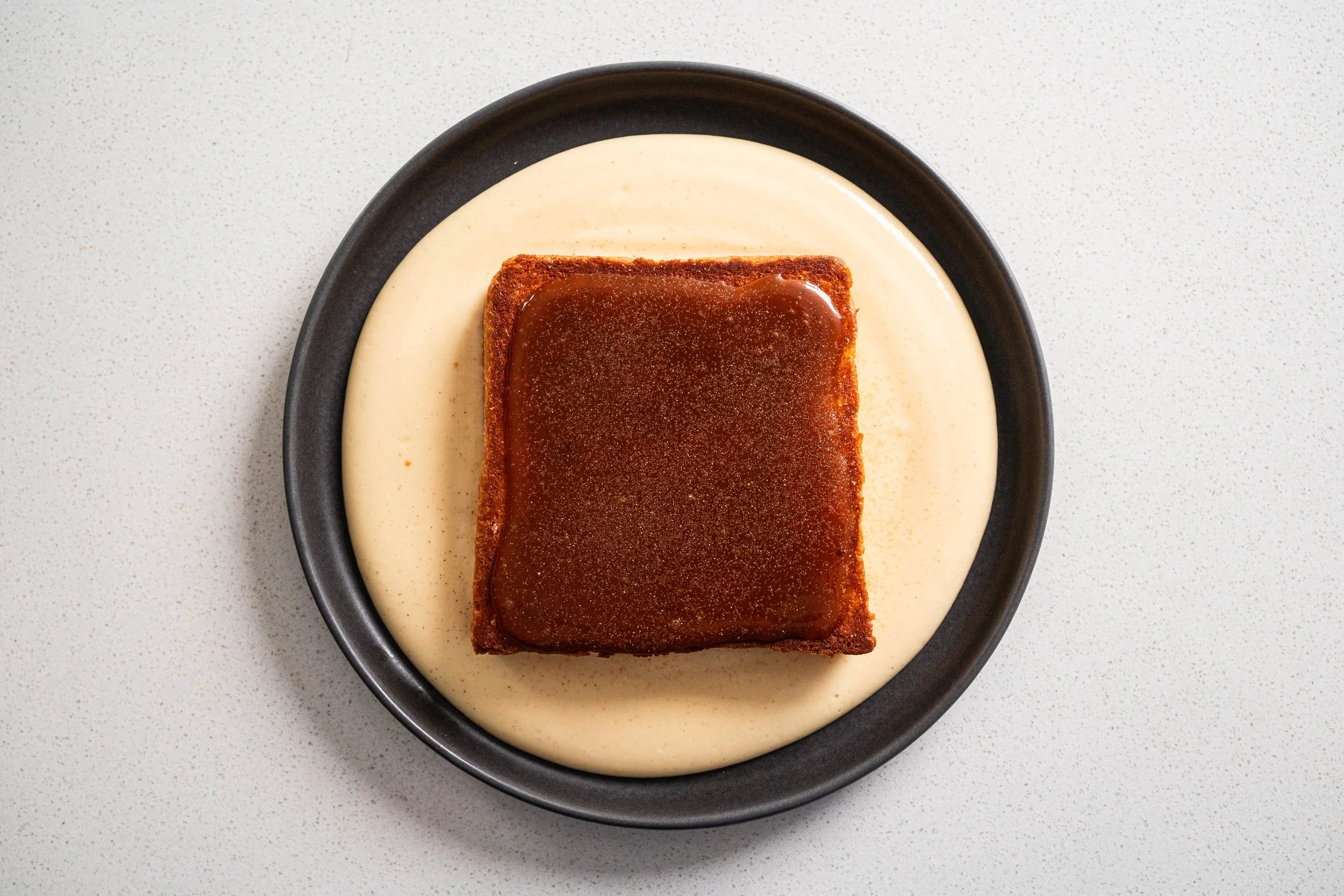Earth Day Cookies
I pledge this recipe to the upcoming Earth Day, and to all the Earth Days thereafter.
It’s not often that I speak of the environment or of cooking and eating in a more environmentally conscious way, so allow me this one recipe to do so. To be frank, I’m far from an environmentalist, nor do I consider myself someone who thinks about the environment on the daily and have its best interest at heart when I cook. But this Earth Day, I thought it would be apt to share a few things I do, a few rules I keep in mind, that I think help me cook and eat with a little more conscientiousness for our little planet. I’ll be the first to admit, I still have a long way to go, but baby steps!
For those already doing things with the benefit of the environment fully in mind, props to you. Feel free to jump straight to the recipe below and make those cookies! But for those who don’t, allow me to share.
Buy local produce. Using local produce will have a ripple effect on the environment. A lot of energy and pollution goes towards the international food trade, where ingredients gets transported all over the world. I’m not about to delve into the details here, but if you’re interested, you can read up on it in this data-filled article. But in summary, when you can, use one less stick of butter from Brittany, one less slab of Australian Angus beef, one less spoonful of Japanese ikura. It will go a long way. As an alternative, look to what’s around you. There are gems to be found. Not to mention it’s usually a lot friendlier on your wallet too. If you’re Malaysian, go to your local wet market for a produce treasure hunt, or if you want some great quality ingredient, Farm Fresh, Cultiveat, T’Lur Caviar, and Weeds & More are but a few names to look out for.
Plant your own herbs or small plants. I know there are a lot of plant parents out there, but for a more productive garden that can add to your meals, know that you can nurse a spent stalk of spring onion or parsley back to life by putting it in some water. Or take a sweet potato plant and give it some love in a small pot of soil. If you have a little more space in your outdoor garden, some of the easiest vegetables to start with are chiles, pandan, and lemongrass. If you’re in Malaysia, there’s a local herb called ulam raja that thrives with the littlest of attention, and I’ve heard the same can be said for Thai chaphlu or Vietnamese lolot (wild betel leaf). Admittedly, I’m not the most fervent farmer, nor did I inherent my parents’ green thumbs (they went full force on building a mini garden-farm over the pandemic), but I do what I can!
Start composting. All those trimmings from fruits and vegetables you cook, along with any leftover food can be turned into fertiliser for plants. This was brought about by my sister, who’s ever more conscientious of the environment than I am. She started composting three years ago and got our whole family in on it. Anytime we peel fruits or prep vegetables, all the trimmings go into our compost bin. Or if we have leftover for dinner that we can’t keep, we’ll bury it in the ground the next day. It’s a little effortful to start, but after a while, after watching your waste turn to gold for your garden, it’ll all feel worth it! For a starter guide to composting at home, might I suggest this NPR episode on composting for beginners.
Cook your vegetables with more care. You don’t have to cut out meat entirely from your diet and go vegan, but what I would encourage is to focus more on the vegetables when you’re cooking. Give them a little more love. Rather than seeing them as sides to a typically meat-and-carb heavy meal, think about how you can make them as glorious as the rest of your meal. Make them into the stars they deserve to be. I learnt so much from working at Blue Hill and still carry Chef Dan’s vegetable-forward philosophy with me in my cooking, and it’s made me love and appreciate greens and vegetables so so much more over the years.
But if all this doesn’t appeal to you, look to your community. Learn from others, people you admire, people you respect, and have conversations about it. After all, our lives are so interconnected with the land we live on, that no man is an island, and no cookie a world (except maybe the ones I made for this recipe).
About the Dish
I know some of you didn’t come here for a lecture on saving the earth, but thank you for your patience if you read through all of the above. As a reward, in the spirit of Earth Day, here’s a recipe for a cookie that might not save the earth, but will at the very least save you from hunger.
This colourful, mouldy looking cookie is based on my recipe for Neapolitan cookies (which was in turn inspired by Amy Ho), but instead of colouring it matcha green, kinako brown, and black sesame black, I turned it green and blue like our lovely home planet! The process is essentially the same—cream up butter and sugar, add an egg plus flour to make the cookie dough, colour it green and blue, smoosh them together, and bake!
Tips for Success
These are here are a few friendly tips to help you get aesthetically-pleasing (though not anatomically accurate) Earth Day cookies.
I went with a natural blue colouring from blue pea flowers, which admittedly turned out more teal than sea-blue. I like it, but feel free to go with a blue food colouring if you prefer. (Remove the extra flour from the recipe if you do go with food colouring.)
If you’re using a home-made blue dye as I did, make sure to reduce the extra liquid so your dye turns thick. And when you add the liquid to the dough, it might make the dough a little sticky and wet. To curb this, I would suggest adding an extra bit of flour to the dough as you knead in the blue colouring.
Think of the earth as you make these. 🌎
Earth Day Cookies
Makes 15 cookies
Ingredients
210g (1 3/4 cups) all-purpose flour
3g (½ teaspoon) baking powder
2g (¼ teaspoon) baking soda
3g (½ teaspoon) salt
200g (3/4 cup + 2 tablespoons) butter
200g (1 cup) caster sugar
1 egg
5g (1 teaspoon) vanilla extract
30 blue pea flowers, petals only with the stems removed
120ml (1/2 cup) water
25g (3 tablespoons) all-purpose flour
10g (1 tablespoons) matcha powder
Directions
Make the cookie dough: Sift together the dry ingredients—flour, baking powder, baking soda, and salt—into a bowl, then set aside. Place the butter, and sugar in the bowl of a stand mixer, and beat on high speed with a paddle attachment for about 1 minute, until it turns pale and fluffy. Add in the egg and vanilla extract, then beat for another 30 seconds to incorporate them. Finally, add in the dry ingredients and mix on low speed for 10-20 seconds, until there are no more streaks of dry flour.
Make the blue pea flower dye: In a small pot, combine the blue pea flower petals and the water. Bring it up to a quick boil, then turn the heat down, letting it simmer for 5 minutes, letting the flowers steep and leech their colour into the water. Then, strain out the blue liquid, discard the flowers, and pour the liquid back into the pot. Let the liquid boil until the amount has halved, which should take about 5 minutes.
Colour the dough: Weight out the dough, and divide it in a 60:40 ratio. (Feel free to eyeball this.) Place the dough into separate bowls. In the bowl with the bigger dough, add in the blue pea flower dye, along with the bit of extra flour, and knead them all together until a smooth, blue dough forms. To the other dough, add the matcha powder and knead until an even, green dough forms.
Oven prep: Heat the oven to 180°C and prepare a lined baking tray to bake the cookies on.
Roll out the cookies: Split the blue dough into 30g portions, and the green dough into 20g portions. Roll them all out into balls. Then, smoosh a blue dough and green dough together, and gently roll them into a sphere, careful not to knead or fold it, as we don’t want the colours to meld together.
Bake the cookies: Place the cookie balls on the lined baking tray, leaving at least 3 inches between each dough ball. Bake the cookies in the oven for 12-14 minutes. The cookies are done when you see the sides turn just the slightest shade of golden, careful not to overbake it, lest the colours will be muted. When done, remove the cookies from the oven and let it cool down on the baking sheet for 5 minutes before transferring onto a wire rack to cool further to room temperature.
Eat: Eat the world!








